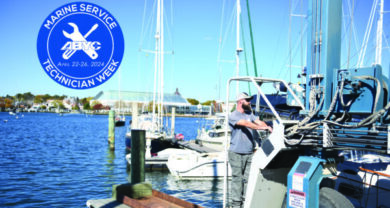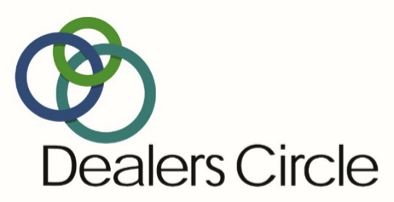Add-on sales add up
In the last eight years, the amount of money a boat owner spends on aftermarket accessories for his or her boat has nearly doubled, and total annual expenditures on accessories have risen from $1.2 billion to $2.4 billion.
Since 1997, aftermarket accessory sales have grown by an average of 11 percent each year, including a 14-percent increase in 2004, according to the National Marine Manufacturers Association’s 2004 Recreational Boating Statistical Abstract.
Theories abound about what might be fueling that growth, among them more pre-owned boats changing hands, consumers trying to make their vessels feel more like a home away from home, and higher fuel prices.
However, while the growth appears to be widespread, it doesn’t seem to be equally distributed. Although most companies appear to be doing well, those that serve the higher-end markets seem to be doing better than most. Electronics manufacturers are a good example.
Sales at Brunswick New Technologies were up 65 percent for the second quarter of 2005. George W. Buckley, Brunswick’s chairman and CEO, said those increases were primarily driven by an 80-percent increase in sales at Navman, a BNT company that makes navigation, communications and other electronics equipment for the marine market.
Raymarine Inc. President Terry Carlson says his company’s business grew by 25 percent last year. While Raymarine has had some very significant growth periods over the last five years, 2004 was an, “exceptionally good year,” he added.
“It’s an interesting phenomenon,” Carlson says. “Larger boats are selling well and the smaller boats are not selling as well, and that partially benefits us also because we tend to cater to the 25-foot plus boats.”
Simrad Inc. President Brian Staton has also seen strong growth in higher-end electronics, but he says growth was, and is, much slower on the lower end.
“I don’t think [electronics] are doing well across the spectrum,” Staton says. “I can only share what our position is. The medium-high and high end for us is doing well. From our point of view, both in the low-end and the medium, we just hung on [in 2004].”
Simrad, while still optimistic about prospects for 2005, has also seen a soft market for lower-end electronics this year. The company has launched some smaller, less expensive products and has emphasized a “Roadmap to Volume.” But Staton says that path turned into a “bumpy road to Hana,” around March of this year.
Rope, soap and dope
But the Simrad president fully admits that his company only really tracks what he calls, “blue water response.” Simrad doesn’t pay a lot of attention to freshwater products or those Staton refers to as “rope, soap and dope,” which are hardware, maintenance and upkeep products.
Hardware and parts are very much on the mind of people at Perko, Inc., however. The Miami, Fla.-based company manufactures marine navigation lights, hardware and accessories. George Bellwoar, Perko’s vice president of sales and marketing, says business has been great, both with the new boat builders Perko supplies and aftermarket customers.
“We’ve seen steady increases in both sides,” says Bellwoar, who is also National Marine Manufacturers Association chairman of the board. “It hasn’t been wild gyrations. It’s been a pretty steady, continuous flow. I’m speaking more for my company. I’m not sure about the industry, but business is as good as it’s been for a long time.”
Bellwoar believes many factors may be contributing to the surge in accessories sales. A renewed interest in boating, driven by a post-9/11 desire to spend more time with family and friends, is one component, as are advancements in the way boats can be used. Bellwoar says sports like wakeboarding are giving consumers more options when it comes to boat use and providing manufacturers more markets to supply. He also believes that the rise in fuel prices may be having a reverse benefit on accessories sales.
“We saw it many, many years ago during the energy crisis,” Bellwoar says. “When boaters did not have as much access to fuel as they had in the past, or they didn’t like the price — but they still loved being around boats and they loved being around marinas — they didn’t get rid of their boats, they worked on them more. In a lot of cases, that prompted some accessory sales that we might not have seen had they been out using their boats.”
While everyone agrees that having consumers out using their boats is preferable to having them sitting at the dock, Raymarine’s Carlson says one of the great things about boating is that it’s still possible to have a good year, even when boat sales aren’t through the roof. He likens it to the housing market, which he observed during 13 years of employment at Black & Decker.
“Sometimes our business was better when new houses weren’t selling because then people were fixing up old houses,” Carlson says. “And I think that’s true in boating. A lot of people, when they put things off, are saying, ‘You know, I was thinking maybe I would buy a new boat this year, and I decided not to. But what I’ll go ahead and do is upgrade my electronics.’”
Many believe that electronics are fueling the current accessories surge and will continue to do well in the future as technological advancements and falling price points make more products readily available to more consumers.
And one thing that everyone agrees on is that there is just more stuff for people to buy than ever before. Whether demand led to the increase in product selection, or vice versa, nobody is quite sure. But whatever the cause, the effect is a positive one for the accessories business.




